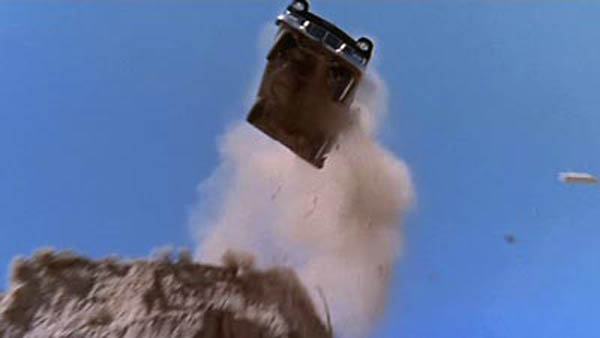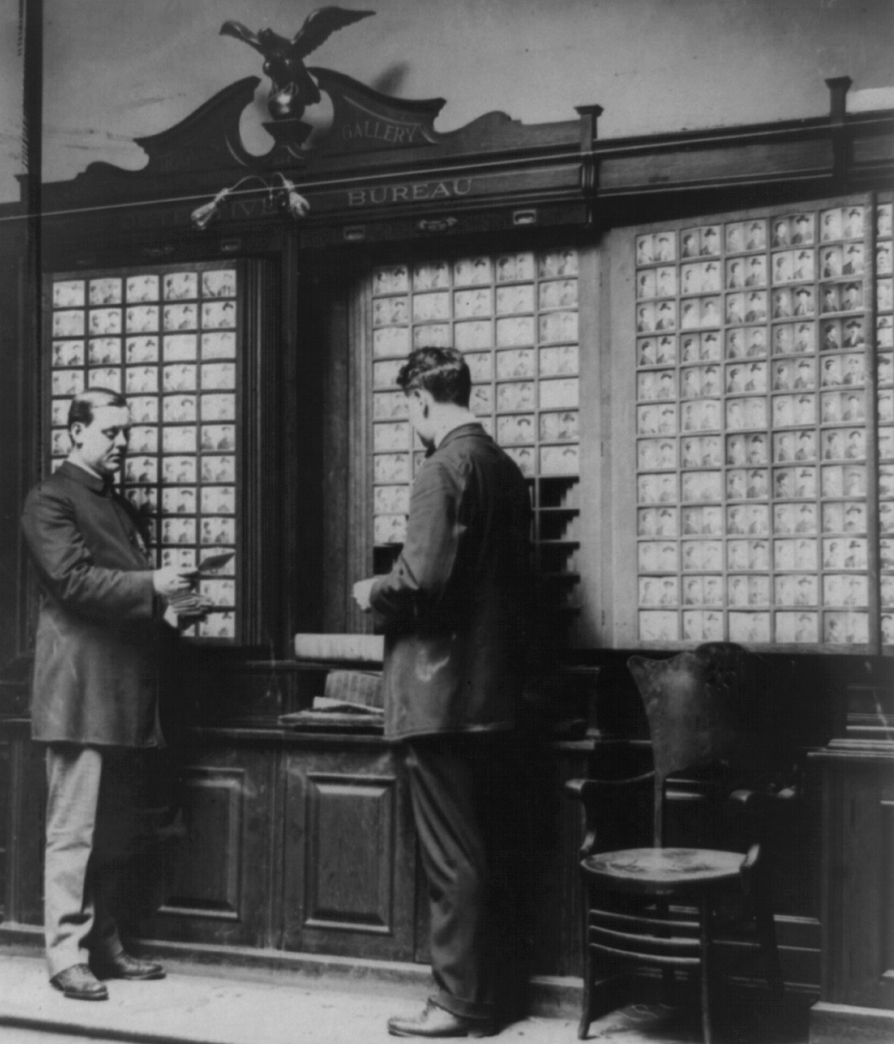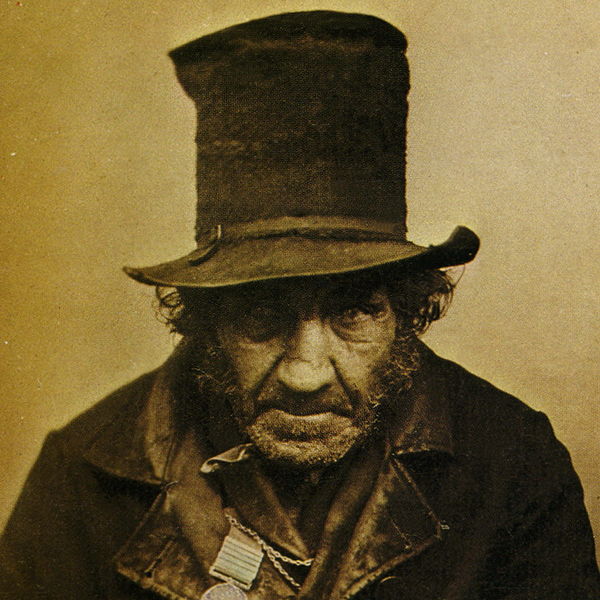I would trust a pilotless aircraft just as much as a piloted one–perhaps more. Maybe at least one of the people on the ground controlling the plane isn’t falling-down drunk? Your average aviator ain’t exactly Sully Sullenberger. And you know how Jet Blue pilots tend to joke that they were just testing the plane’s new tires after they do a crappy job landing and bounce down the runway? You know how everyone laughs because they’re happy they’re not dead? I really don’t think it’s funny. From the Economist, an excerpt from an article about unmanned flight:
“It is potentially a huge new market. America’s aviation regulators have been asked by Congress to integrate unmanned aircraft into the air-traffic control system as early as 2015. Some small drones are already used in commercial applications, such as aerial photography, but in most countries they are confined to flying within sight of their ground pilot, much like radio-controlled model aircraft. Bigger aircraft would be capable of flying farther and doing a lot more things.
Pilotless aircraft could carry out many jobs at a lower cost than manned aircraft and helicopters—tasks such as traffic monitoring, border patrols, police surveillance and checking power lines. They could also operate in conditions that are dangerous for pilots, including monitoring forest fires or nuclear-power accidents. And they could fly extended missions for search and rescue, environmental monitoring or even provide temporary airborne Wi-Fi and mobile-phone services. Some analysts think the global civilian market for unmanned aircraft and services could be worth more than $50 billion by 2020.
Whatever happens, pilots will still have a role in aviation, although not necessarily in the cockpit. ‘As far as the eye can see there will always be a pilot in command of an aircraft,’ says Lambert Dopping-Hepenstal, the director of ASTRAEA. But that pilot may be on the ground and he may be looking after more than one unmanned aircraft at the same time.
Commercial flights carrying freight and express parcels might one day also lose their on-board pilots. But would even the most penny-pinching cut-price airline be able to sell tickets to passengers on flights that have an empty cockpit? More realistically, those flights might have just one pilot in the future. Technology has already relieved the flight deck of a number of jobs. Many early large aircraft had a crew of five: two pilots, a flight engineer, a navigator and a radio operator. First the radio operator went, then the navigator, and by the time the jet era was well under way in the 1970s flight engineers began to disappear too. Next it could be the co-pilot, replaced by the autonomous flight systems now being developed.”



























